The orchid has faded: what to do next?

The orchid has faded, but whether it will bloom again, what to do next with the arrow, how to cut it after being transplanted into a new pot - these and many other questions always arise for lovers of a tropical beauty. You can find the answers to them in this article.
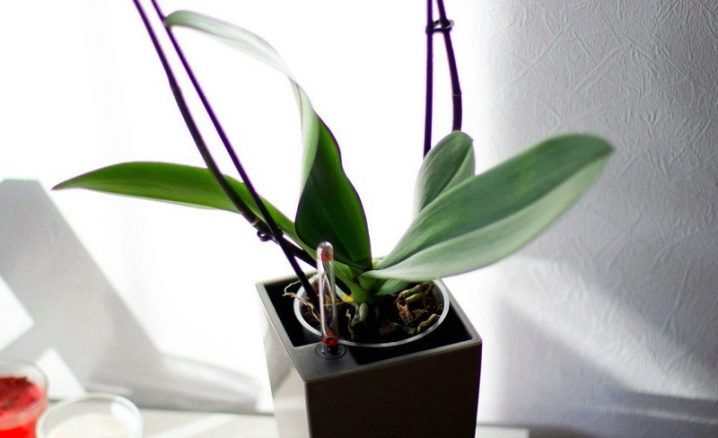
Determining if there will be re-flowering?
Orchid is a tropical beauty, an exotic ornamental plant from the orchid family, belonging to the greatest and most ancient genus of monocotyledonous plants that appeared in the Late Cretaceous period of life on Earth.
In the bosom of nature, they grow on the branches and bushes of trees to be closer to the sun. The flower takes useful components from the layer of soil, which is deposited on the bark of trees, and also with the help of its roots in contact with a humid tropical climate.
The variety of flowers of an unusual appearance, unimaginable colors, aromas turn the orchid into such a charming and coveted in decorative floriculture. Orchid flowers come in unusual shapes, different sizes and rainbow shades. They can resemble butterflies, spiders and even women's shoes. You can admire and look at them for a long time, once again be enchanted by how much nature has endowed this flower with extraordinary beauty.
As soon as the orchid has faded, flowers fall from it, leaving bare stems in their place.
Taking proper care of the plants after flowering stops determines the continued health of the orchids and ensures re-flowering after a certain period of time.
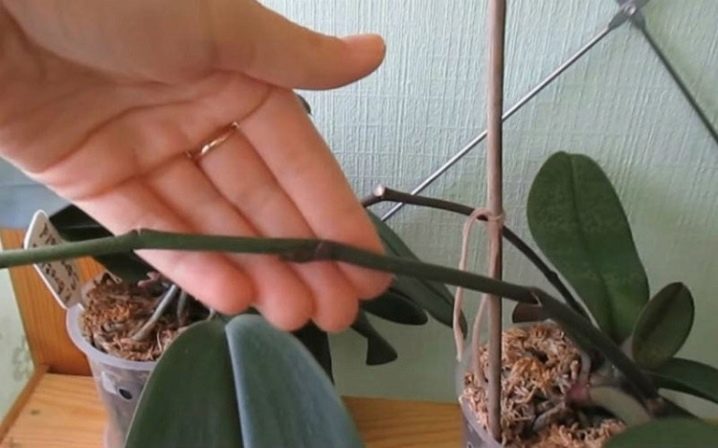
How to restore flowering
Consider what to do to promote future flowering.
Reduce watering
Do not water, just add 3 ice cubes on the days you watered it.
Move your orchid to a cooler room, where night temperatures are between 12⁰C and 18⁰C, until a new blooming thorn appears and the orchid blooms. Then return the plant to its original location and continue watering with three ice cubes once a week.
By stopping watering and reducing the temperature by 5-6 days, we are pushing the formation of future inflorescences. The buds appeared and began to grow, place a small container of water near the flower.
Spraying must be done during the heating season.
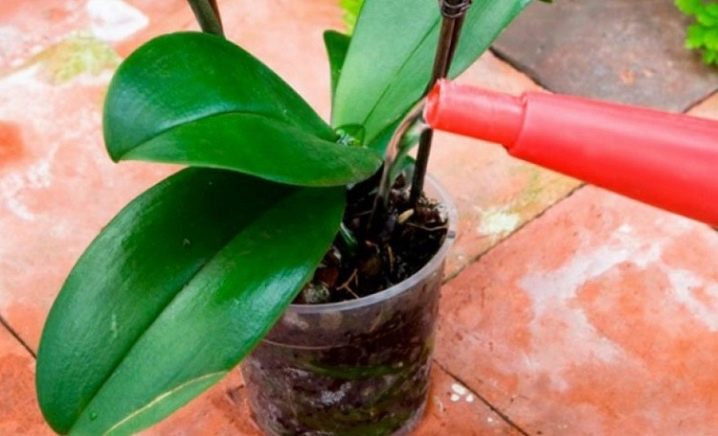
Cut off the stem if needed
Phalaenopsis produces many flowers on long, curved arrows called peduncles. Plants can bloom for months until the flowers themselves fall off the plants. As long as the stem remains green, it has the potential to produce more flowers. Some leave the entire flower stalk in place, while others trim it to the bottom two nodes, which can initiate bud growth and get new flowers within 2-3 months.
Knowledgeable orchid lovers understand - re-flowering is acceptable if several conditions are met. The main thing is that the peduncle is healthy.
There should be no dry pedicels. The age of the flower also matters.
There must be a constant supply of light. If there is no room for an orchid on a north-facing windowsill, add additional lighting... A small overvoltage will only benefit the plant.
Too attentive attitude, as it were, inhibits the revitalization of the flower, and you can not wait for re-flowering. Everything will go into leaves.
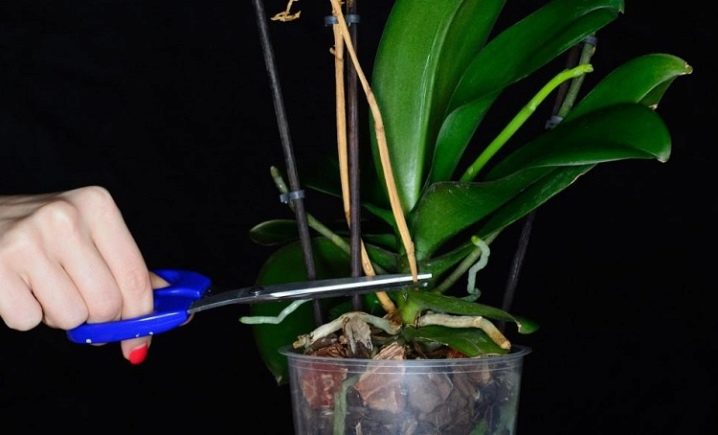
What to do with the arrow?
Let's figure out how to be and what to do with the arrow, when the orchid has faded, but there are still branches, and it is green, alive. It is difficult to supply such a complex system with content from the root. Further it is necessary to carry out rejuvenating pruning - reduce active branching, and the flowering plant will look neater.
It is also important to sprinkle the sections with cinnamon or ash in order to dry and disinfect the section. Only a careful approach to our beauty will make it possible to establish what needs to be done for a long and bright flowering.
If the flower fades, the buds are not traced, the most favorable period for working with the peduncle begins. In this interval, the orchid goes into a state of dormancy. It is necessary to calculate the time for those species, varieties that are represented in Russia, here the best time to prune will be the period October - November.
This process can be intimidating for novice florists. But this procedure, with skillful execution, is not dangerous, because for a flower in its prime it is very valuable. After all, repeated blooming also negatively affects the flower. The different varieties give out special indications that they are ready to be pruned. In others, these are discolored stems. In phalaenopsis, if the flowers have withered, you can proceed to the operation with the stem.
For information on the rarest hybrid, check with the store.

Correct pruning
Cutting tools choose the one that suits you best: disposable blades, sharp knife, scissors, pruning shears. The chosen tool must be disinfected with alcohol or set on fire in order to kill germs and infections that can destroy the flower.
The main point is that the stem of the peduncle is removed when it finally dries up. It should be straw-colored or brown, sometimes purple.
The stem should not be removed entirely, but a small process, about one centimeter, should be left. Where the cut was made, it is possible that the core will be empty. Remember, the next time you irrigate, there should be no water on the cut, as there is a danger that the stem can rot and the flower will die.
When processing and sealing a cut, a branch on which there were flowers, we use wax, or rather, a drop from a heated candle, you can also take cinnamon or ash. Sprinkle abundantly and quickly on the "wound" of the cut, all this will give strength in the fight against external stimuli.
If there are dormant kidneys, then you need to cut it off correctly 2-2.5 cm above them. But in some cases, a fresh flower and a shoot will never arise. It all depends on the distribution of nutritional components, for dendrobium, for example, it is not difficult to keep middle-aged stems, rather than use its strength for a new one.
Put the cut peduncles in a vase of water. It is possible that a baby may be born. To make it more likely, we will apply cytokinin paste to the dormant shoots.
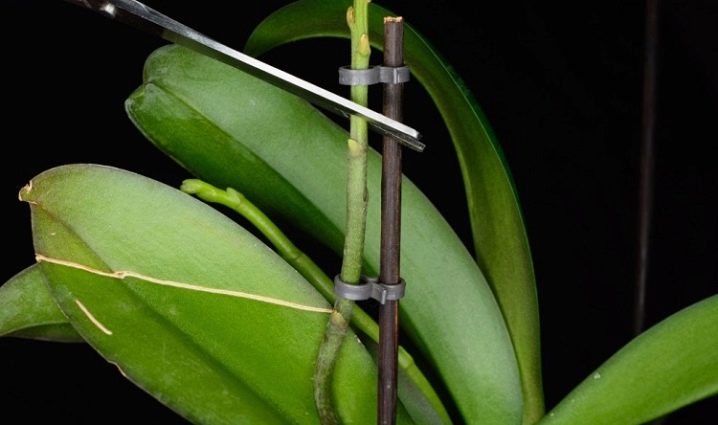
Transplant after flowering
Orchid flowers have fallen off, then you need to take care of the transplant. But it is not worth carrying out any actions in the absence of a special need.
The obvious criterion for the need for replanting is the apathetic leaves of the plant. Rather, he has difficulties with roots. Therefore, when transplanting, the peduncles should be cut so that the orchid does not spend its power on flowering.
It is advisable to transplant an orchid, if there are difficulties with the substrate, or it simply does not fit your requirements.
The need for a transplant appears if the epiphyte has simply grown out of its pot. The flower should be transplanted into a larger pot in order to create room for root growth.
A transplant is necessary when the plant has a root baby and you need to isolate it from the main flower.
The process of transplanting an orchid itself is not difficult, but requires special attention.
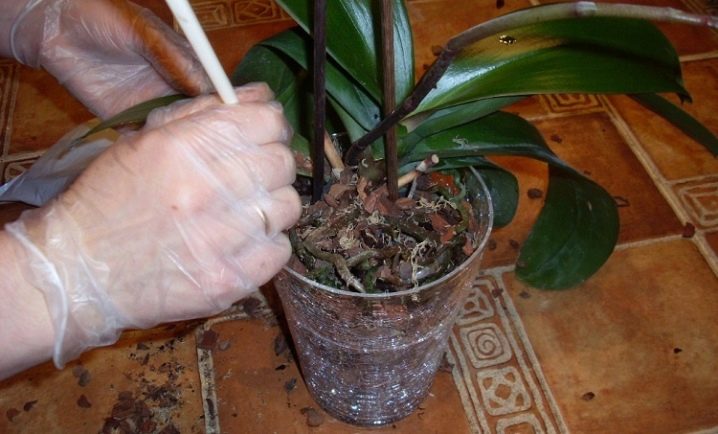
To transplant an orchid, you need:
- pot;
- substrate;
- instruments;
- antiseptic;
- gloves;
- workplace.
An orchid needs a transparent plastic pot with holes along the sides and bottom to make it easier to observe the condition of the substrate and roots. This makes it easier to see if the flower needs watering. There is no need to take a large pot, as if "with a margin", it must correspond to the volume of the roots. Browse through a series of different pots to determine which one you need now.
We fill the pot with natural fibers, bark, coal, moss, corks, drainage, foam. Phalaenopsis substrate should not contain soil. Ready-made substrate can be purchased in the retail network, but you can also prepare it yourself.
Purchase a ready-made composition with a low content of moss and coal, with a bark of the usual size - 1-2 centimeters, without soil and peat.
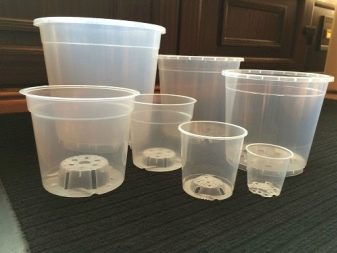
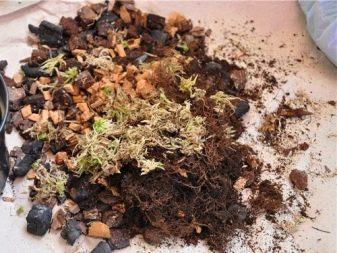
Drainage can be purchased optionally at a flower shop, or at a construction shop. But it must be disinfected before use.
If we prepare the substrate ourselves, then we take pine bark, larch bark. It needs to be cleaned, all unnecessary must be removed. We take the coal that remained after cooking the shashlik, simple sea stones, use crushed walnut shells, fern roots instead of drainage.
- All cutting tools - pruning shears, scissors and a knife - must be disinfected with alcohol or burned with a flame.
- To disinfect the slices, we use cinnamon, ash, a drop of wax from a molten candle.
- Bamboo sticks should be purchased, but orchid mounts are also available.
- Lay cellophane or newspapers on the workplace. We wear medical gloves to keep our hands safe.
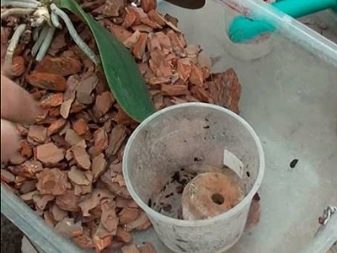

So, let's start the transplant. First you need to remove the orchid from the pot. We inspect the pot in appearance, the root system may have grown into the holes in the pot. When one or two roots come out of the hole, gently break the roots. But if the roots have significantly entwined him, he will have to say goodbye to him.
Is it worth it to spray the plant before transplanting - you need to look at the substrate and the pot.
If the substrate contains bark, and the orchid is planted in a soft porous plastic pot, then this is not necessary. Squeeze the walls of the pot lightly, and the adherent root system will come off by itself.
But when the flower is planted on moss or hard plastic, it needs to be watered. Then it will be easier to extract the plant without disturbing the roots. But if it did not work out, the adhered root system must be torn off, hooked with something.
To pull the phalaenopsis out of the pot, take it as a base, shake it and pull it slightly until we pull it out. The roots of this plant are too delicate, the whole operation is done immensely carefully and meticulously.
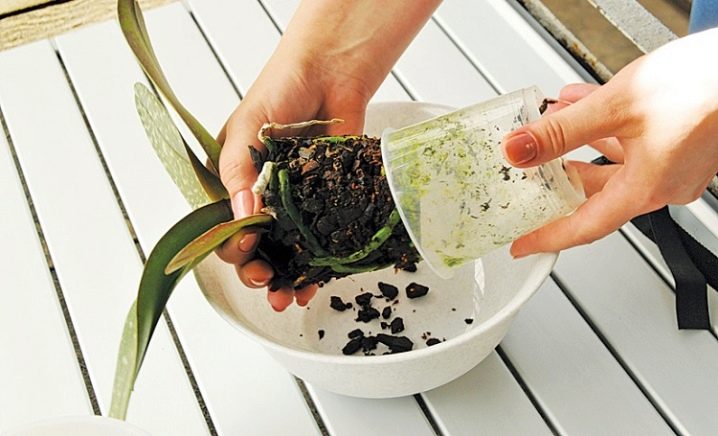
Inspection of the roots, base, peduncles is an important point of transplantation.
We clean the root system from the remaining substrate. If there is mold, we scrupulously wash all the roots in running water, it can be 25-32? C heat. But remember, you cannot plant an orchid with a wet root system, so we leave it to dry for 3-5 hours until it is completely dry.
Look at the root system, it feels hard when you feel it. It should be green-silver in color, but the spine, which has not been exposed to light, is completely white or pale green in color. All this is natural. Sick roots to the touch will be insignificant, softish, yellowish-blackish, brownish, dry in appearance. Dead and damaged rhizomes must be cut out.
If the root is broken and already rotting, it has become a yellowish-black hue, it is urgent to cut it off. Cut out the unnecessary to a healthy root. We treat all sections with an antiseptic - cinnamon, ash, wax, Maxim plant remedy.
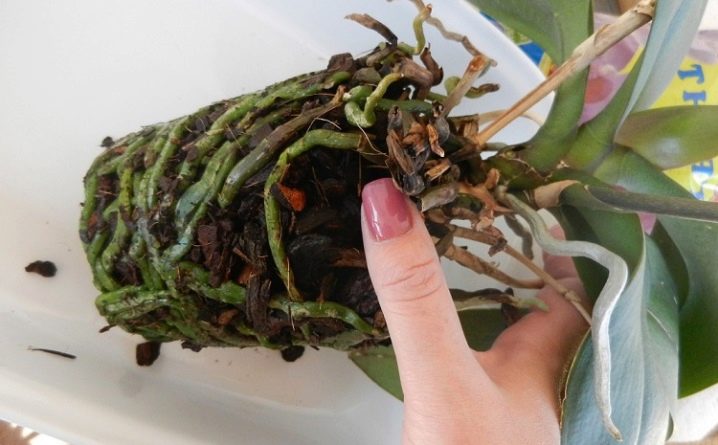
When the flower has decomposed a significant number of roots, try to leave at least some more or less decent roots for inspection. After all, there are no others, but they will be able to support the existence of the plant for a short time. And you can't leave an orchid completely without them - it will die.
Moving on to inspecting the base of the plant - this is where roots and leaves begin to grow. It's called the neck. If there are dead and hardened leaves on it, carefully remove, as they do not allow new roots to grow. But if the leaves have turned yellow, they have become a little dry, do not rush to cut them out. Let them dry up and fall off.
Now the peduncle. If a healthy phalaenopsis with excellent roots, but with a faded peduncle, then act according to your aspiration. Leave the peduncle without cutting, or you can trim it to the next thorn or completely cut it off.
But if the phalaenopsis remained with an insignificant number of roots, then we cut off the peduncle - the plant in this case should not waste energy on flowers.
Fearlessly cut off the dried peduncle at the base. It is important not to damage the plant. We disinfect all cut peduncles.
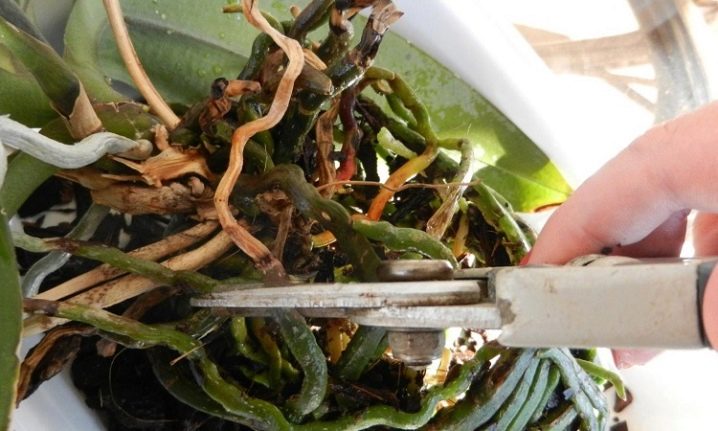
Planting a flower in a new pot is a responsible procedure.
Choose a pot according to the size of the roots. Lay out the drainage at the very bottom at a height of 1-2 centimeters, the pot will become heavier and more fundamental. In turn, the drainage layer will raise the root system and the substrate, and if the pot needs to be placed in a reservoir with water, then you don't have to worry about the roots that they may be wet. Evaporation from the water moisturizes the flower, thereby increasing the number of days between waterings.
Then spread out all the roots of your beauty, including the aerial ones. Place the flower in the middle of the pot, holding it against the base, and pour the bark into the pot a little at a time from different sides. Hit it lightly, then the substrate is evenly distributed. The substrate mixed up with the root system is easy to push with a stick. It is better to lay out polystyrene under the base of the plant, it will not allow the wet substrate to come into contact with the roots and will not let it rot. We put it between the roots, support it, sprinkle it with bark until the roots are not visible.
We do not deepen the base of the phalaenopsis with the substrate very much, although at the same time it should not hang out in the pot, since the roots are very delicate and can be damaged.
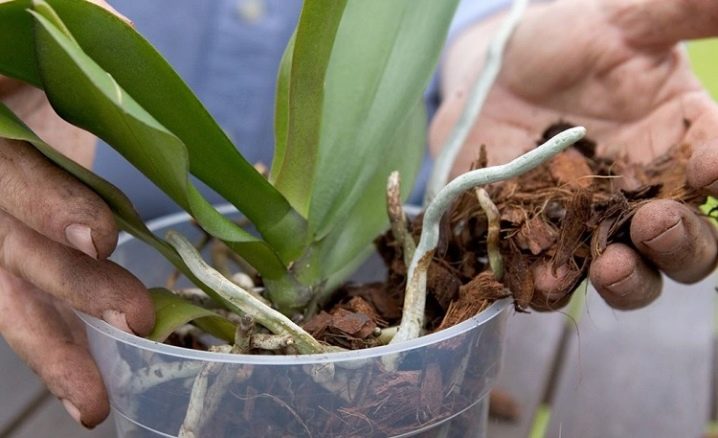
It is advisable to strengthen the potted plant with small bamboo sticks. After making holes in the pot, fix the root with these sticks, you can use other holders. But if the epiphyte has few roots, then insert the stick into the pot to the bottom and fix the peduncle on it.
We put a little moss on top of the bark. But we do not touch the base of the orchid, we do it with an indent of half a centimeter or a centimeter. Thanks to the moss, the future roots are pulled out, the damp state in the pot is maintained.
Important: wet moss all the time can push roots to rot.
We will tell you how to take care of the plant after transplanting. The transplanted orchid does not need to be watered, because the roots injured during the transplant should heal. The first time we do watering only on the sixth or seventh day. Orchids don't like direct sunlight, so don't place it on the sunny side. And the subsequent attention remains the same as before the transplant.
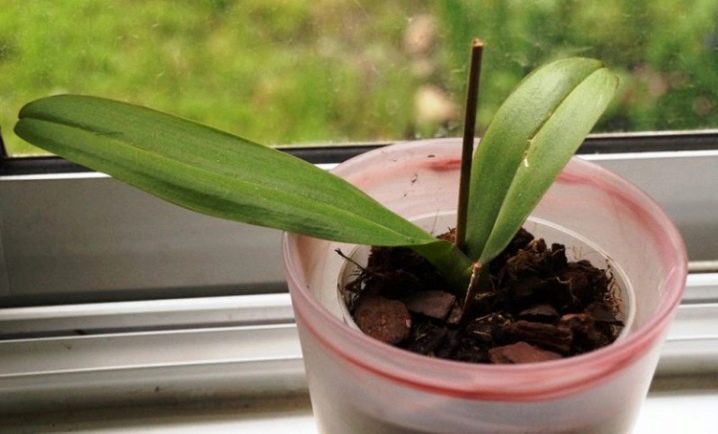
Resting care
The orchid fades, the times of calm and pacification begin. How to deal with the arrow - the preference remains with the owner of the tropical flower.
Without exception, everything depends on the state of the plant after flowering - whether it is weakened by flowering or not. We look closely at the leaves and roots. It may need to be given rest or forced to bloom again.
Do not forget - only a completely dried peduncle can be completely eliminated. In a period of tranquility, a sultry beauty will require more vigilant service. It is necessary to reduce moisture, place the flower in a shady, colder space and do not do any possible feeding. As a rule, the epiphyte takes "breath" for about 6 months, however, if you do not show proper interest in the flower, we may not wait for the secondary flowering.
If the plant stops blooming and rests in a calm position, do not worry too much, it is not lifeless.
Continue grooming and nudging the orchid so that it can bloom again in a huge number of flowers.
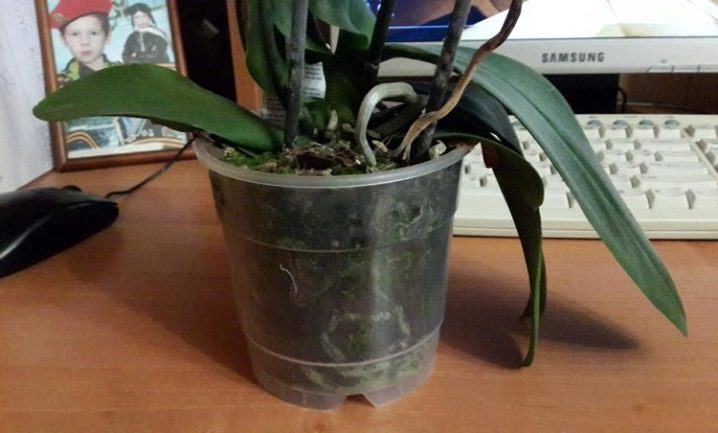
Phalaenopsis flowers bloom on the old buds with a new arrow appearing in a triangular section along the stem. In order to provoke a secondary flowering, a tropical flower will need a little more interest than you usually give it.
In the stay of tranquility of the orchid, a period of rest and replacement of the nutritional components that were consumed during the flowering period are necessary. Caloric elements and moisture are stored in the foliage until such time as they are required in order to increase growth and flowering.
The calm period usually lasts from 6 months to 9 months, and your beauty may recover on her own. But sometimes orchids need a little help to activate the natural rhythm that leads to flowering.
Reduce pot fertilizer for all varieties until new leaves appear, and then apply full strength water-soluble orchid fertilizer mixed according to label directions.
































The comment was sent successfully.